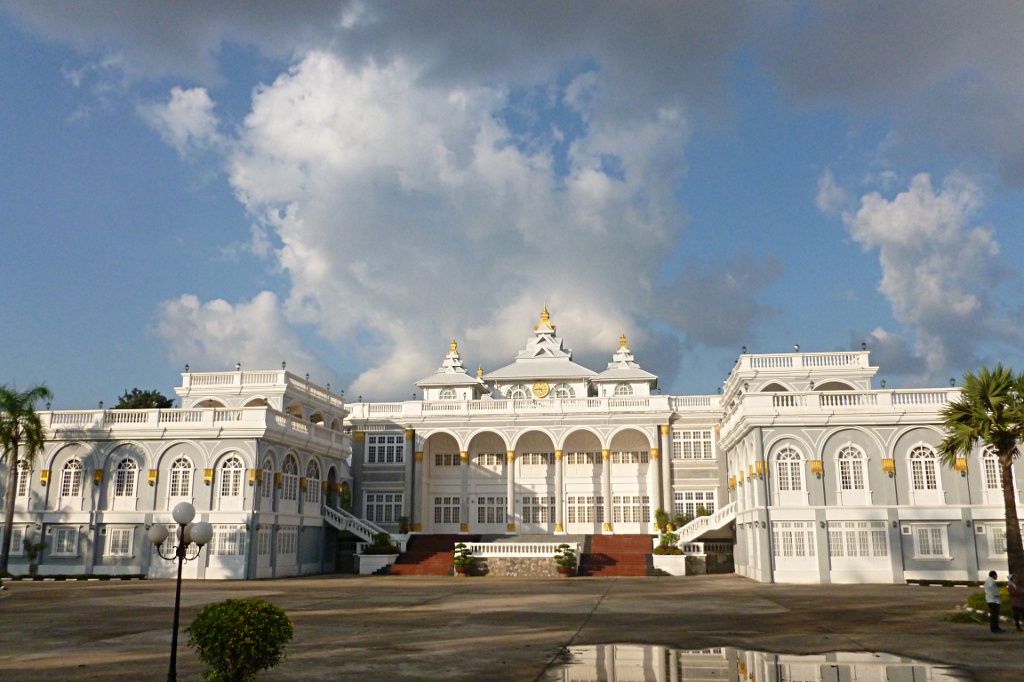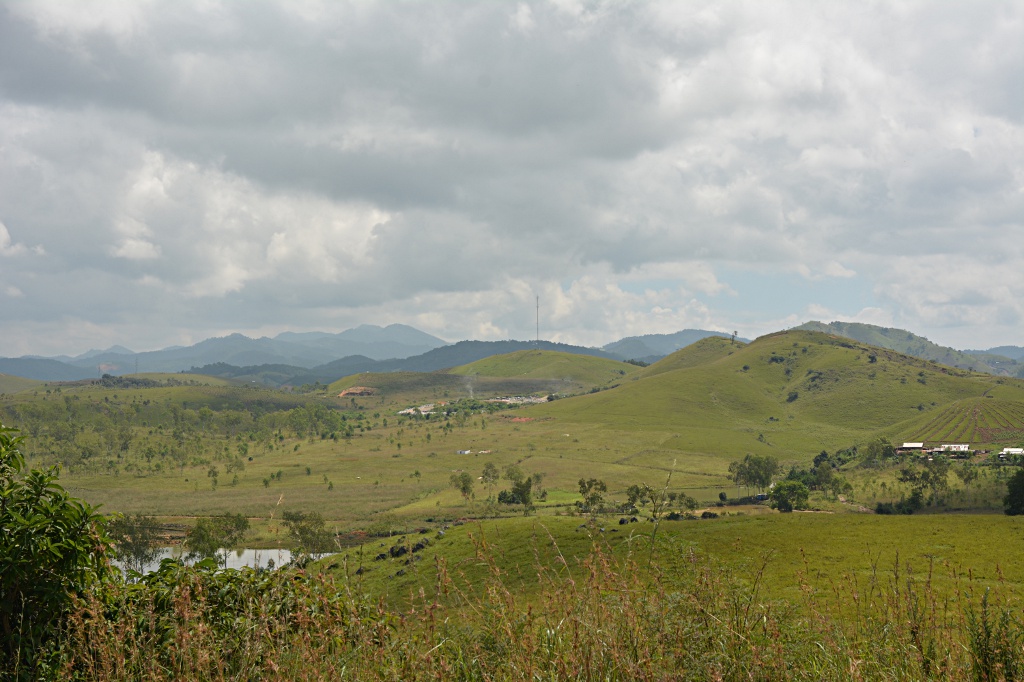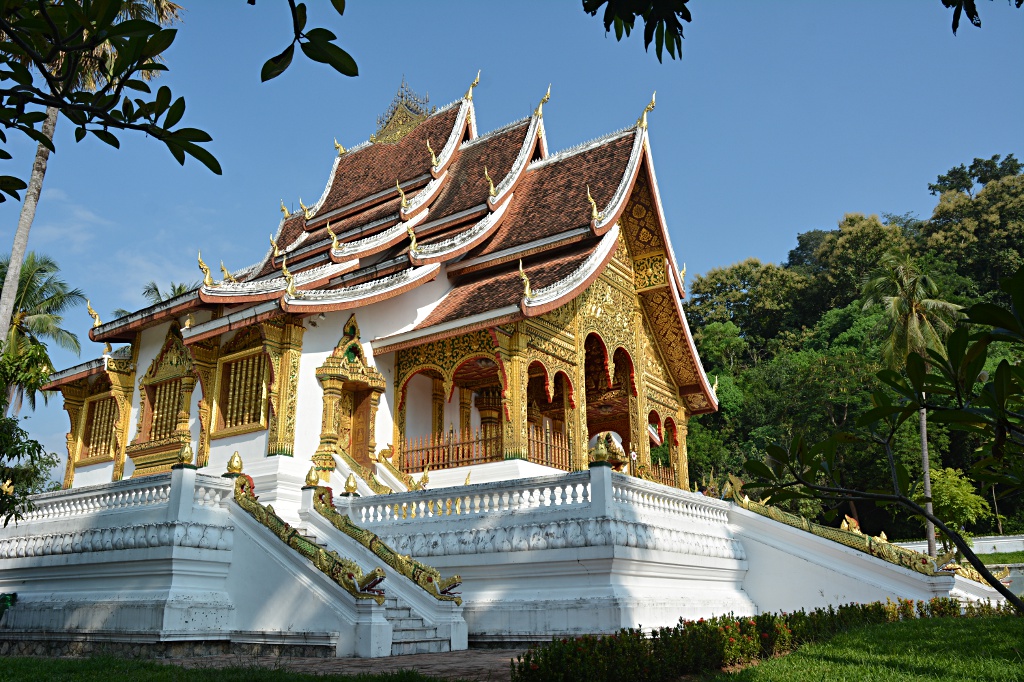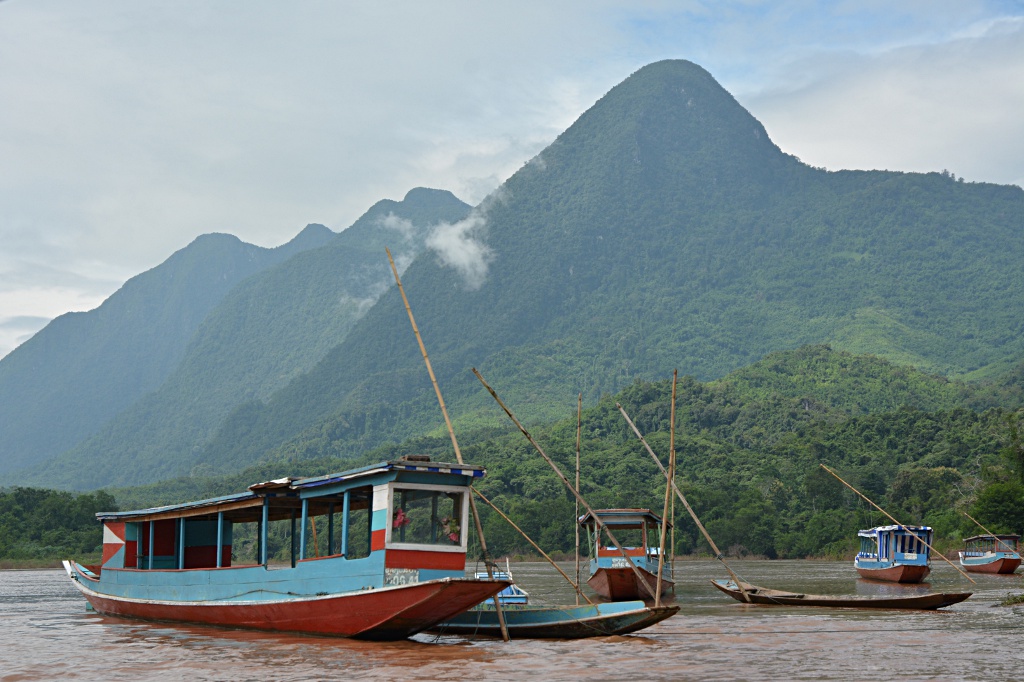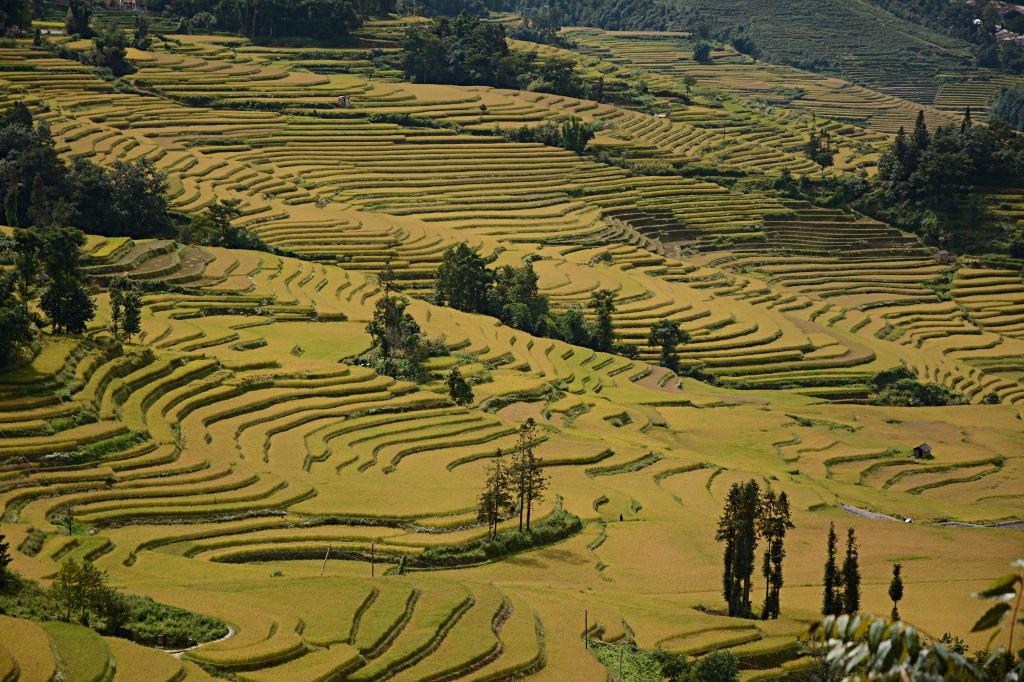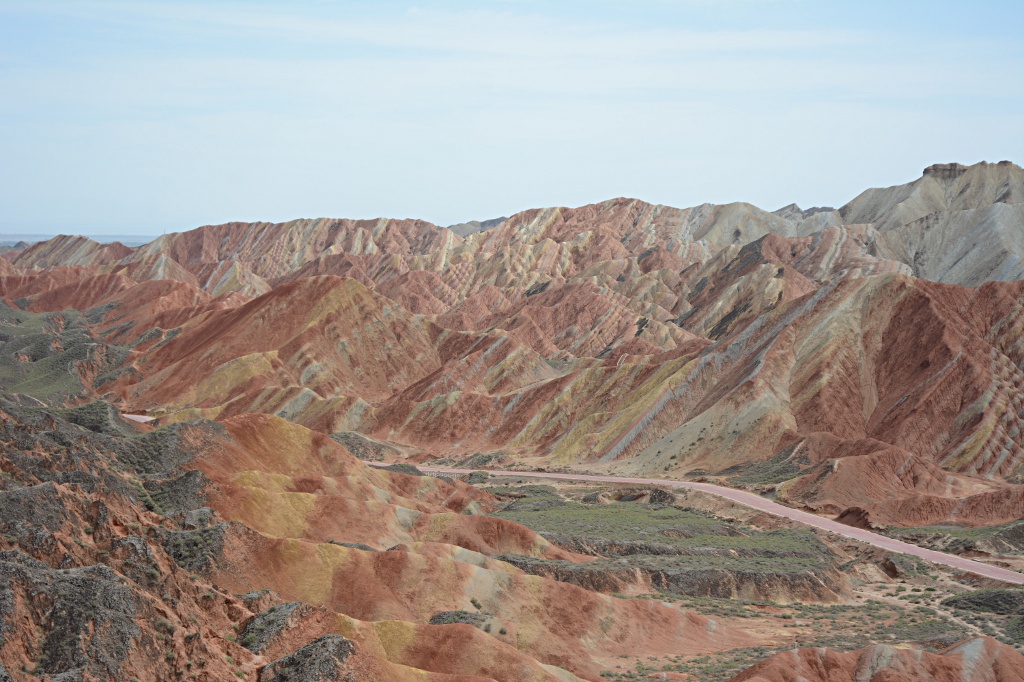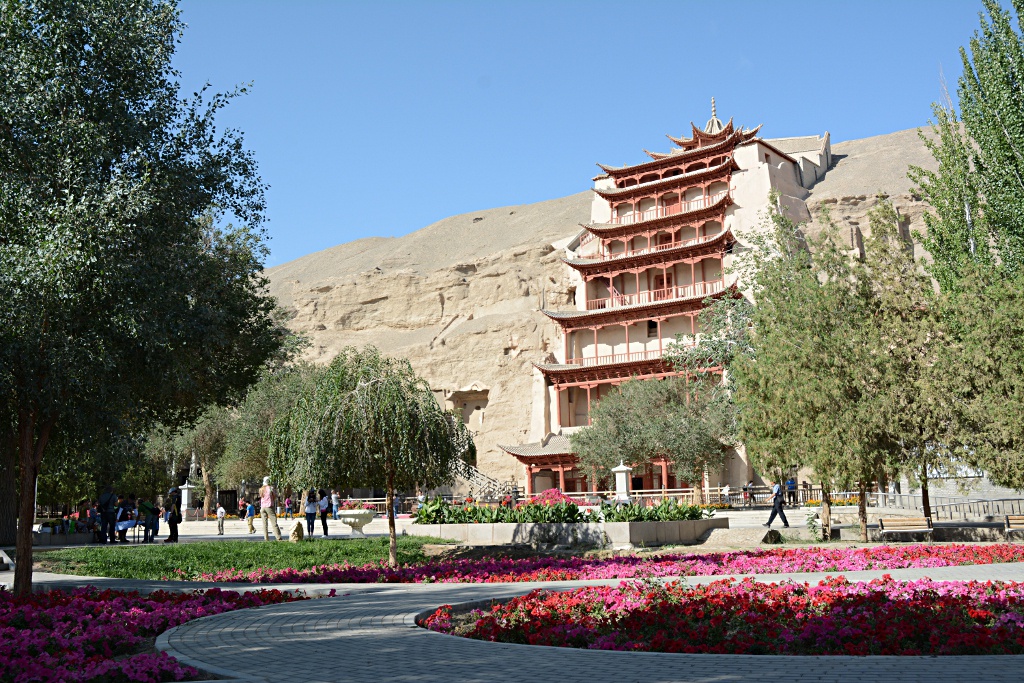After roughly 4 hours on the bus we arrived at the Northern Bus Station of Vientiane, the capital of Laos. While we first did not recognize any difference between the capital and any other place, the city bus at the bus station gave a first indication that a few things might be different after all. We spent roughly two days to discover how much Vientiane is different from the rest of the country.
Category Archives: Travels
Phonsavan and Vang Vieng: Heaven or Hell?
After the very well visited and beautiful city of Luang Prabang we headed out to a much more tragic chapter of Laotian history: the plateau around Phonsavan not only contains 2500 years of history which has yet to be understood but also was a central place of action during the second Indochina war. Still today the war is an everyday topic since the population still suffers from the consequences of the war which was over more than 40 years ago. From Phonsavan we continued to Vang vieng, the mecca of all backpackers is located in a magificient carst landscape and until recently was the alcohol and drug capital of Laos.
Luang Prabang: Tourist Mania
After our visit to the far north of Laos we targeted another highlight of our trip: the UNESCO heritage city of Luang Prabang, the second largest city of the country. Sporting an international airport, a shore of the mighty Mekong river and being branded by the UNESCO made it no surprise that we were not the only tourists in town. Unfortunately it also shows with the local people dealing with tourists that they have learned a lot, particularly how to make money from the tourists.
Northern Laos: New Territory
After more than two weeks traveling around China, the time had finally come to leave the large country in the far south to make a major change. We had to adapt to a new spoken and written language, a different mentality, a different culture, in short, we had to adapt to South-East Asia. Laos is considered one of the poorest countries in South-East Asia and until a few years ago experienced very little tourism. However we noticed how this is changing…
Yunnan: Minorities in the Majority
Following our excursion to the Guizhou province, a less visited province in China, we headed back to the more common tourist trails in the south-western province Yunnan. While our day in Kunming mainly served administrative purposes, we quickly headed on to the mountains in the southeast of the province. Besides the world-famous rice-terraces, Yuanyang offers many minorities in a very small space. We completed our visit with a monster bus tour through the mountains and small villages.
Guizhou: Everything is Different Down South
After a few days in the very dry north-west of China, which sports a lot of desert or desert-like landscape we made a larger move to southern China, to the Guizhou province. As one of the rainiest and poorest provinces in China, it was quite a contrast to what we have seen in the previous few months in China. On top of that, the menu changed quite a bit as well.
The Hexi Corridor: Journey to the East
After a little more than two days in Dunhuang we had to re-pack our backpacks for the first time. Luckily we had decided to travel light, such that we had to stow away much less tan 10kg each (plus the photo and electronics equipment). At 8:40am the bus left for Jiayuguan at the Western end of the Hexi corridor, which would be giving our trip the direction for the next few days.
Dunhuang: Going West
The last few days in Beijing occupied us with many last minute activities which had to be done when leaving a place: Moving, checking out at work, apartment, etc. At the very end we could enjoy a delicious dinner at the Opposite House, courtesy of the Swiss Society Beijing. Finally on Saturday, August 30 at 8:40 we sat in the airplane which should bring us to Xian from where we would connect to Dunhuang in the far West of Gansu Province. The goal was an experience in the desert, which I had left out three years ago when passing through the area in winter…
The Journey Continues
Featured
It’s been almost three years, since I left Stuttgart and Germany behind and started my journey to Beijing. Three exciting years have since passed, which brought many interesting experiences and left many impressions. First the trip along the Silk Road, followed by the first impressions of the city of Beijing, before I was once again caught up in the daily grind of work. Already the time has come again to say farewell to an environment which I had called home, an environment I was familiar with. Destination? We will see…
Mandalay: All Good Things Come to and End
Our last destination in Myanmar was the second largest city of the country: Mandalay. Located in the geographical center of the country in the low plains made this the hottest place during our trip. While we did see the mandatory sights, the real treasures lay tucked away in small alleys far away of the main stream tourism, even though some of them were highlighted in the guide books.
Unser letztes Ziel in Myanmar war die zweitgrösste Stadt des Landes: Mandalay. Ungefähr im geografischen Zentrum und damit dem Tiefland des Landes gelegen war dies zugleich der heisseste Ort unserer Reise. Obwohl wir die üblichen Sehenswürdigkeiten besuchten, fanden wir die schönsten Dinge ab von den gängigen Touristenpfaden, obwohl einige der abgelegenen Ort im ein oder anderen Reiseführer erwähnt warden.

